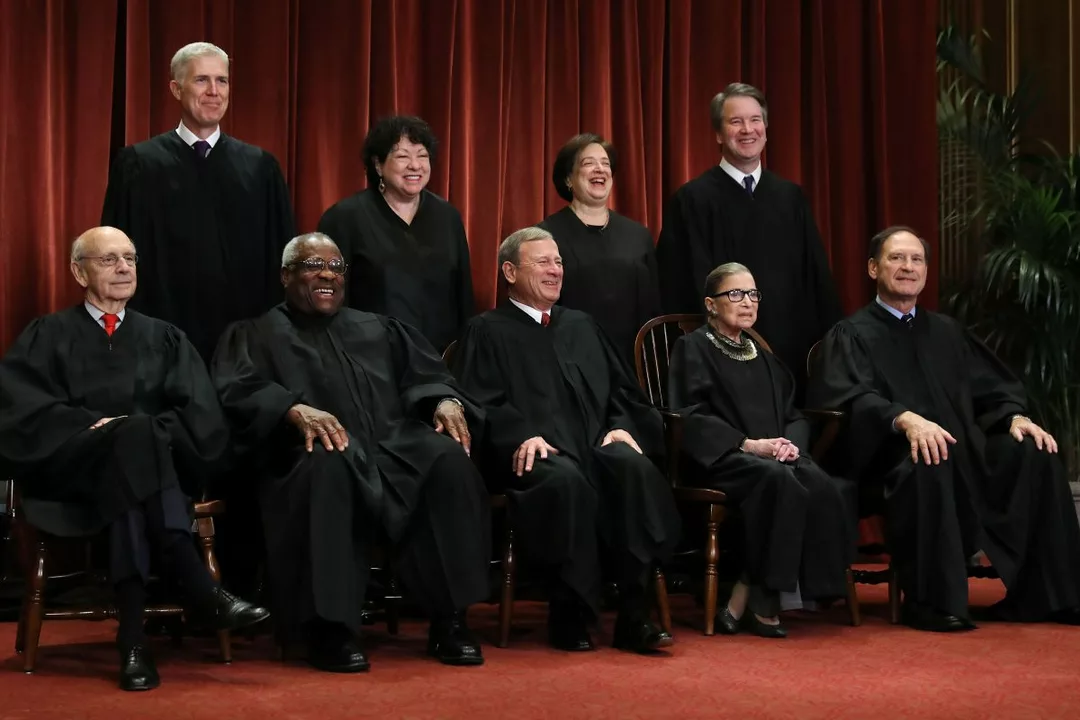Office of Chief Justice: Latest Updates and How to Stay Informed
Thinking about a career in the courts or just curious about how the top judicial post works? The Office of Chief Justice is the highest authority in the Indian judiciary and its moves affect laws, appointments, and even job openings. Below you’ll find the basics and a quick guide to never miss a beat.
What the Office of Chief Justice Actually Does
The Chief Justice heads the Supreme Court, assigns cases to benches, and decides which matters get priority. They also play a big part in choosing judges for high courts and lower courts. When the government wants to change the IPC or CrPC, the Chief Justice’s opinion often shapes the final shape of the law.
Beyond paperwork, the Chief Justice represents the judiciary in meetings with the President, the Prime Minister, and the Ministry of Law. Those meetings can lead to reforms, like the recent push to modernise criminal procedure. Keeping an eye on those statements helps you spot upcoming policy changes that could create new job roles.
Why This Matters for Job Seekers
If you’re after a government job in the legal field, the Chief Justice’s announcements are your early warning system. New courts, fast‑track tribunals, or special commissions often start after a Supreme Court directive. Those openings show up in our daily job feed, so checking the latest verdicts can give you a head start.
Exam patterns for judicial services also shift when the Supreme Court issues fresh guidelines. For example, changes in the interpretation of evidence law can appear in the next state judicial exam. Staying updated means you can tweak your study plan before the competition heats up.
How to Keep Up with Chief Justice News & Job Alerts
First, bookmark our tag page “office of chief justice.” We pull together every relevant article, from policy changes to interview tips, in one place. Second, set a daily or weekly reminder to scan the latest posts. Most of our updates are short, so you can read them in under five minutes.
Third, follow reputable sources like the Supreme Court’s official website and trusted newspapers. When you see a headline about the Chief Justice, click through to our analysis – we break down the jargon into plain language and point out any job relevance.
Finally, join discussion forums or Telegram groups that focus on legal careers. Sharing what you learned from our tag page helps you remember the details and builds a network that can tip you off to hidden openings.
By making a habit of checking these three sources, you’ll never be caught off guard by a new court order or an upcoming recruitment drive.
In short, the Office of Chief Justice is more than a title – it’s a pulse that drives legal reforms and job opportunities. Use our tag page as your shortcut to the latest news, then apply the insights to your study plan and job hunt. Stay curious, stay updated, and you’ll be ready when the next opening lands on the desk.
